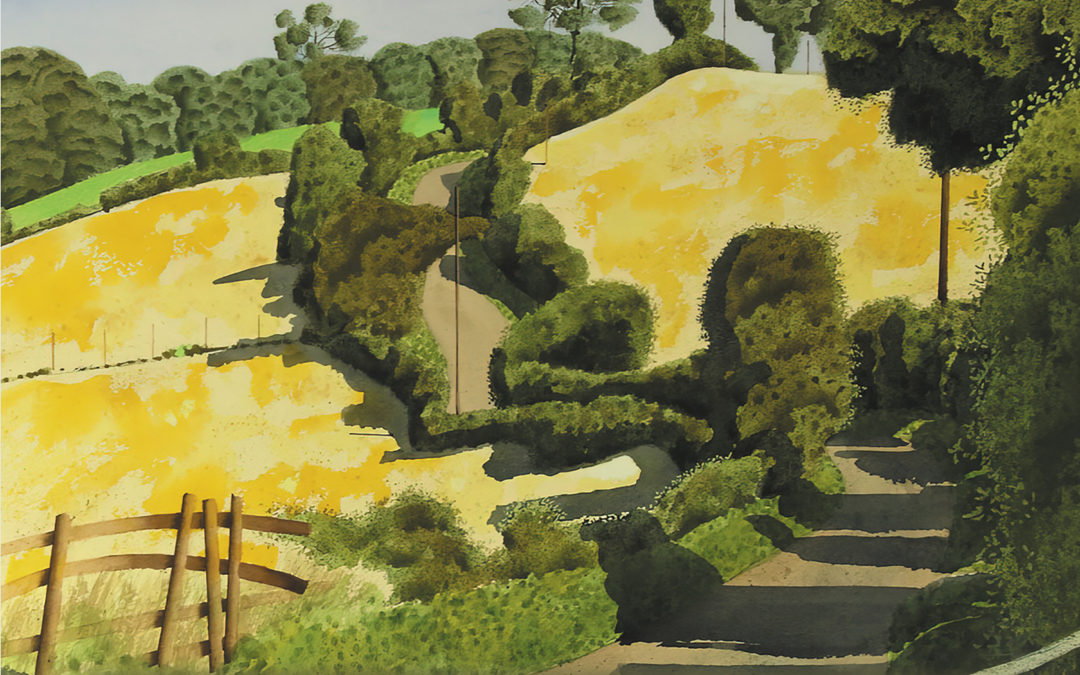Vaughan Williams: String Quartets 1 and 2
Holst: Phantasy Quartet op 36
Tippett Quartet
SOMMCD 0656
The virtually unknown item on this excellent disc is the Holst Phantasy Quartet. This has been newly edited by Roderick Swanston. There is a sub-title – ‘on British Folk Songs’ so, up to a point, you may guess what to expect. Except, except…… – the music is far more astringent than you would anticipate for its date, 1916, and Holst quickly disowned it, calling it his ‘guilty secret’. However, not everyone agreed with this assessment, including his daughter Imogen, who published a version for string orchestra after Holst’s early death.
Four folk songs are woven into the textures of this 10-minute piece, and some are melodically asymmetric. Here I would have liked more rhythmic definition in the presentation of the music which at first hearing sounds lop-sided, but there is no questioning its charm.
The work necessarily, of course, builds to a big climax. Here I was reminded of Bartok’s Rumanian Folk Dances, but the string arrangement of these was made some 20 years later, so cannot have been an influence. It thus seems that Holst was tapping into some of the recent general forms of expression at the time, after all, his was a genuinely questing mind and he was very open to new ideas.
Oddly perhaps, I would suggest that Vaughan Williams, in his wartime second quartet, was mirroring a mood much exploited by another composer with whose music ha may not have been familiar with at the time. Written during the worst parts of the war this work has none of the sunny optimism of the contemporaneous 5th symphony, rather it broods constantly in a manner reminiscent of Shostakovich. The music is austere, melancholy, and withdrawn, and to my ears at least, not very pleasant or even, I regret to say, interesting.
How different then from the much earlier first quartet of 1909 (revised 1922), one of the first fruits of his study with Ravel, with the music cogently and clearly argued. There is a general mood here of bucolic cheerfulness which I find very engaging.
With the slight exception noted above in the presentation of the Holst, this is an excellent new issue with persuasive performances captured by an exceptionally good recording.
Review by Geoffrey Atkinson

